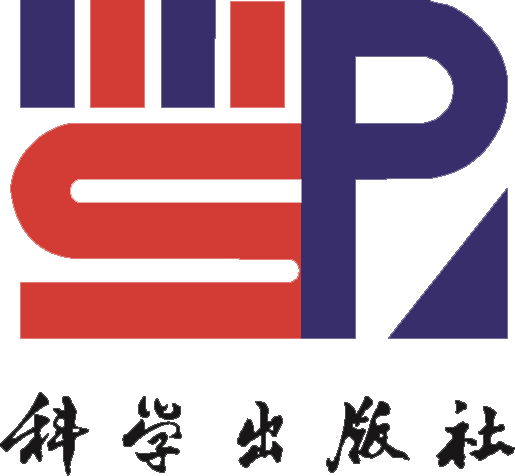[关键词]
[摘要]
化石的三维复原与实物打印技术是建立古生物学研究与科普之间的重要桥梁。然而, 与常为三维立体保存的脊椎动物化石相比, 植物化石受自身生物结构的影响, 多以二维状态保存, 三维复原技术难度大。为解决此问题, 本文以柴达木盆地中新世德令哈莲Nelumbo delinghaensis Luo et Jia, 2022为材料, 探索并优化基于3D打印技术的古植物复原方法, 以期为古植物学研究与科普提供新的三维复原方案和展示途径。本文确立了针对古植物压型或印痕化石的普适性3D打印技术, 包含提取化石性状信息、图像处理、数字建模、3D打印、打印后处理等。此外, 还针对植物化石的特性, 提出了打印及后处理过程的优化方案, 如抽壳处理、添加晶格结构、模型拆分、化石性状细节复原优化等, 从而提升三维复原品的真实感与科学性。
[Key word]
[Abstract]
Three-dimensional (3D) reconstruction and printing technology serve as important bridges between scientific research and public outreach in paleontology. However, compared with vertebrate fossils that are often preserved in three-dimensional form, plant fossils are often preserved in two-dimensional states due to their biological structures, making 3D printing and reconstruction more challenging. To address this issue, specimens of Nelumbo delinghaensis Luo et Jia, 2022, collected from the Miocene Qaidam Basin are used as a case study to explore a 3D printing-based method for reconstructing fossil plants. This approach aims to provide a new method for 3D reconstruction, presentation in paleobotanical research, and public engagement. After numerous attempts, a universal 3D printing workflow for reconstructing compression or imprint plant fossils is established. This workflow includes the processes of plant trait extraction, image processing, digital modeling, 3D printing, and post-printing treatment. In addition to outlining the workflow and methods, optimization strategies for the printing and post-processing steps are proposed based on the characteristics of the plant fossils. These strategies include the application of hollowing, packing lattice, and enhancement of details of fossils in reconstruction, all of which further enhance the authenticity and scientific value of the reconstructions. This approach provides a new way to showcase and study fossil plants, with great potential in research and educational activities in both scientific and public contexts.
[中图分类号]
[基金项目]
国家自然科学基金项目(42002022,42172015,42172036)联合资助





